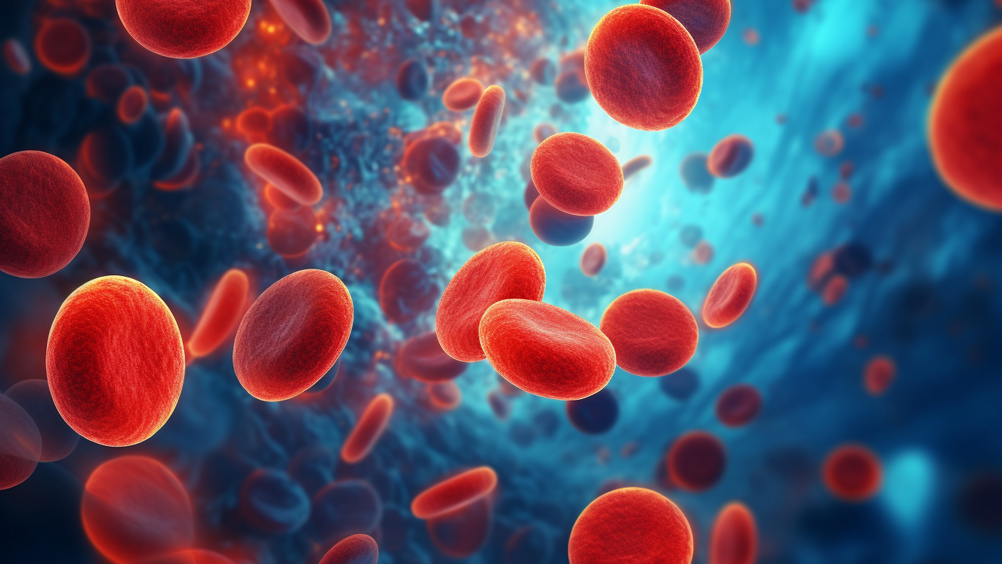References

Abstract
While iron-deficiency anaemia is well recognised in piglets, the importance of its diagnosis and treatment in calves and lambs has been highlighted more recently. In particular, housed lambs and calves fed on whole milk are prone to subclinical iron deficiency anaemia, with surveys showing prevalence figures from 20% to more than 50%. Many studies show reduced daily liveweight gain as a main clinical sign in both species; some also show health issues such as increased risk of pneumonia and diarrhoea in calves and an increase in abomasal bloat risk in lambs. Iron supplementation trials consistently led to higher growth rates pre-weaning and to improved haematological values. In the UK, there are no injectable iron preparations licensed for calves or lambs, but preparations licensed for pigs can be used off label.
Iron-deficiency anaemia is a well-established condition in neonatal piglets. It has been identified in calves and lambs for a long time, but more recent research in several countries has led to an increasing awareness of the condition in those species. This article gives an overview of the current knowledge.
Most of the iron in the body is stored in haemoglobin (60–70%), while iron can also be found in haemosiderin (spleen, liver) and myoglobin. Some is transported in blood, bound to transferrin. Apart from its function in transporting oxygen in haemoglobin and storing oxygen in myoglobin, it is an essential part of enzymes such as peroxidases, catalases and cytochromes and also works as an antioxidant. Therefore, iron deficiency is not only associated with anaemia but also with oxidative stress (Rajabian et al, 2017) and a reduced immune response (Gygax et al, 1993). In piglets, iron has been shown to directly promote intestinal development (Pu et al, 2018), brain development (Leyshon et al, 2016) and spacial cognition (Rytych et al, 2012).
Register now to continue reading
Thank you for visiting UK-VET Companion Animal and reading some of our peer-reviewed content for veterinary professionals. To continue reading this article, please register today.

